The sassafras tree has three different leaves on the same tree. One leaf is oval, one is shaped like a mitten, and the third is divided into three lobes, similar to a duck's webbed foot. The leaves curve upward and are between five and seven inches long.
Early North American settlers used the roots to make tea and many people continue to do so, even though the FDA (Food and Drug Administration) banned its use commercially in 1976.
You can still harvest your own sassafras roots or buy it online as an herb.
I took all the photos of the sassafras tree leaves, except for the blossoms, which was on Wikipedia. ~~ Angela Johnson


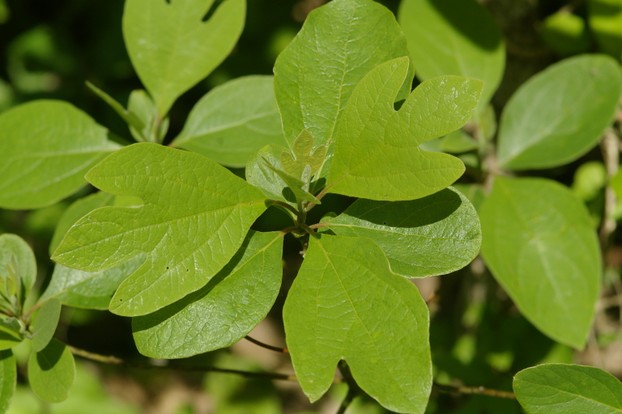
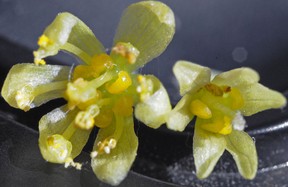



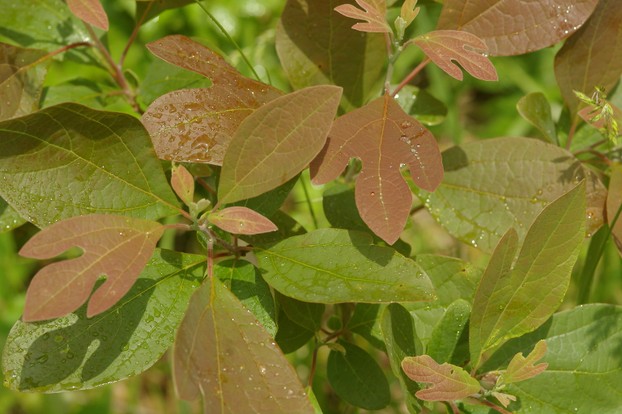
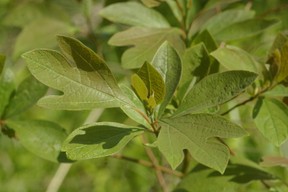 "Drink sassafras tea during the month of March and you won't need a doctor all year." ~~~ An Old Mountain Saying
"Drink sassafras tea during the month of March and you won't need a doctor all year." ~~~ An Old Mountain Saying






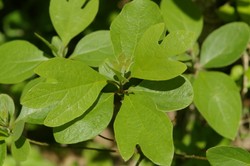

 I Loved to Read in Grade School (in the 1960s)on 09/29/2018
I Loved to Read in Grade School (in the 1960s)on 09/29/2018
 Halloween Memories from the 1960son 09/17/2018
Halloween Memories from the 1960son 09/17/2018
 What on Earth is Earthing?on 06/03/2015
What on Earth is Earthing?on 06/03/2015
 Worm Manure (Castings) Is The Best Organic Fertilizeron 05/25/2015
Worm Manure (Castings) Is The Best Organic Fertilizeron 05/25/2015

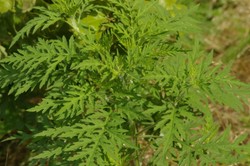
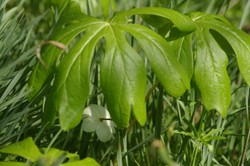
Comments
I've had sassafrass candy, too, when I was a kid, but not sassafras tea. Unfortunately, I don't live in Illinois anymore, and it doesn't grow in South Texas where I live now. I'll have to buy some sassafras root online.
I can remember having sassafras candy when I was a kid, similar to root beer flavor, and trying sassafras tea that someone, maybe my dad or one of my aunts, made from a sassafras tree in their yard. I really don't remember the leaves, but how cool that the tree has the three different shapes of leaves. Interesting article!
Always-Writing - I'm glad you liked my article. It appears we like many of the same things.
Aha! You beat me to it! I was going to write a comprehensive article about Sassafras - one of my favorite teas, and saw this article of yours. Great job, too!
The word sounded familiar but I didn't know sassafras could be this interesting :). I love those leaves, by the way!
Similarly in India it is said that you have juice of Neem (Azadirachta indica) during the fruiting season you will not need the doctor year around. I must try it.
Thank for the informative article.